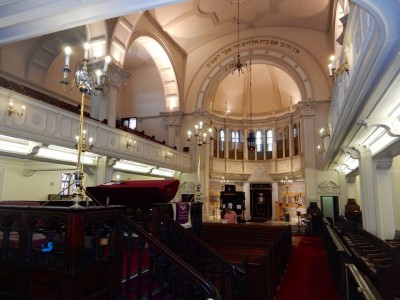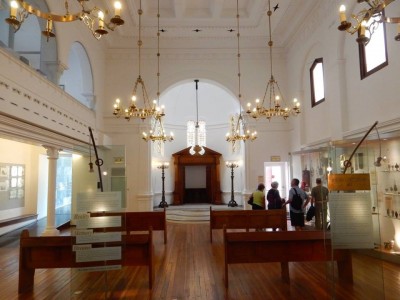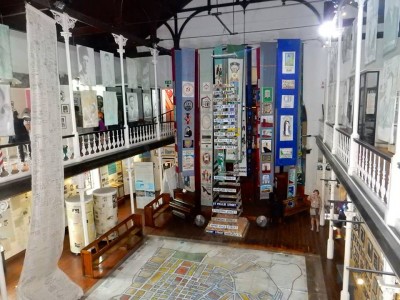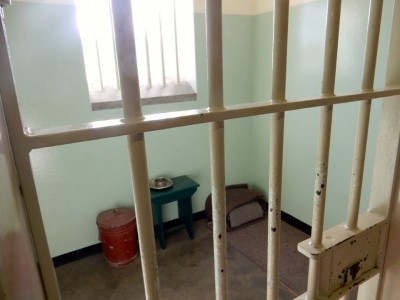Exploring Jewish South Africa

A blog post by Graham Humphrey, Visitor Services Coordinator. To read more posts by Graham click HERE.
A few weeks ago, I got back from a vacation in South Africa, where among other things, I got to explore its Jewish culture and history. I learned that the first Jews came to region in the 15th century with the Portuguese navigators Bartholomew Diaz and Vasco da Gama. On board, were Jewish cartographers and astronomers assisting in the search for a sea route to India. More Jews started arriving with the Dutch East India Company in the 17th century, but immigration really picked up with the British colonization in the 1820s. Many Jews moved to South Africa after the Holocaust and now the South African Jewish community is often described as one of the most cohesive and well-organized communities in the Diaspora.

I visited the South African Jewish Museum in Cape Town, founded by Nelson Mandela in 2000, which reminded me in many ways of the Jewish Museum of MD. Like us, they have two historic synagogues on their campus including St. John’s Street Synagogue (also known as the Old Synagogue, the first one built in South Africa, dating from 1863) and the Great Synagogue, (the oldest Jewish congregation in South Africa, dating to 1841). While St. John’s Street synagogue occupies a classical revival building (reminding me in many ways of Lloyd Street Synagogue in Baltimore), the Great Synagogue has a Baroque style edifice. There was also a Holocaust center in the Museum complex.

While in the exhibits, I discovered that many of the early Jews made their living as itinerant peddlers or as shop owners. In the late 1870s, some moved to the Oudtshoorn area to domesticate ostriches for their feathers to be used in hats. There was a section in the exhibit on how South African Jews were politically and socially active in the fight against apartheid. On the lower floor of the Museum, I found a reconstruction of a shetl from a village in Lithuania, the country from which most South African Jews trace their origins.

After my visit to the Jewish Museum, I walked over to the District Six Museum, which is a living memorial to the vibrant community that was forcibly removed to the city’s periphery during apartheid. The Museum wants visitors to “remember the racism which took away our homes and our livelihood and which sought to steal away our humanity.” Yet, it also aims to encourage others to rebuild the city where all races can live together peacefully. I learned that there was a Jewish connection as many Eastern European Jewish immigrants settled in District Six when they began arriving in the 1880s. On the floor of the gallery is a memory quilt where former residents have handwritten the names of businesses and community organizations that were once in their neighborhood.

While keeping in mind what I learned at the South African Jewish Museum, I later visited an ostrich farm in Oudtshoorn and drove by mansions owned by Jewish feather merchants. I concluded my trip with a ferry to Robben Island where I saw where Nelson Mandela was imprisoned for 18 years.


1 reply on “Exploring Jewish South Africa”
Thanks,